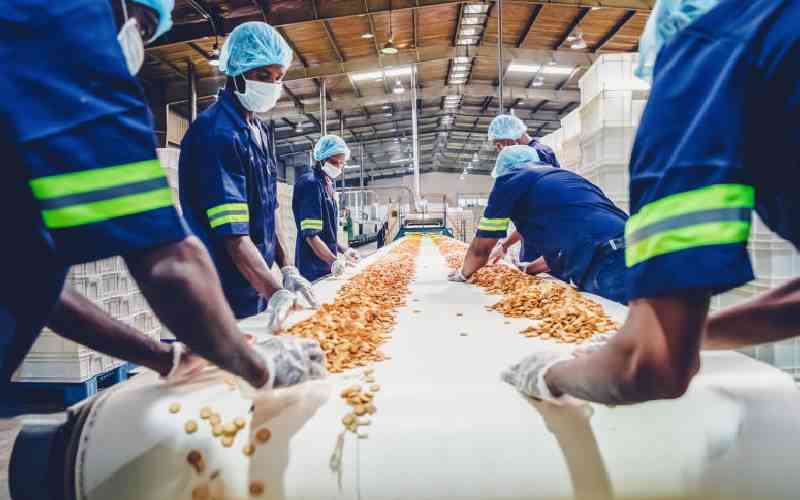Factory, Manual Worker, Quality Control - Biscuit Factory Worker Standing Besides the Conveyor Belt, Stacking the Freshly Baked Cookies for Packaging.[Getty Images]
×
The Standard e-Paper
Read Offline Anywhere

Factory, Manual Worker, Quality Control - Biscuit Factory Worker Standing Besides the Conveyor Belt, Stacking the Freshly Baked Cookies for Packaging.[Getty Images]
As Kenyans bemusedly endure this administration’s penchant for costly foreign travel and local development tours in a tough economic environment, it is not surprising that the 2027 election agenda is already framing itself in our politics and in our households. Yes, the macro-economy has stabilised, but where are the jobs that dignify our lives, put money in our pockets, and place food on our tables?







